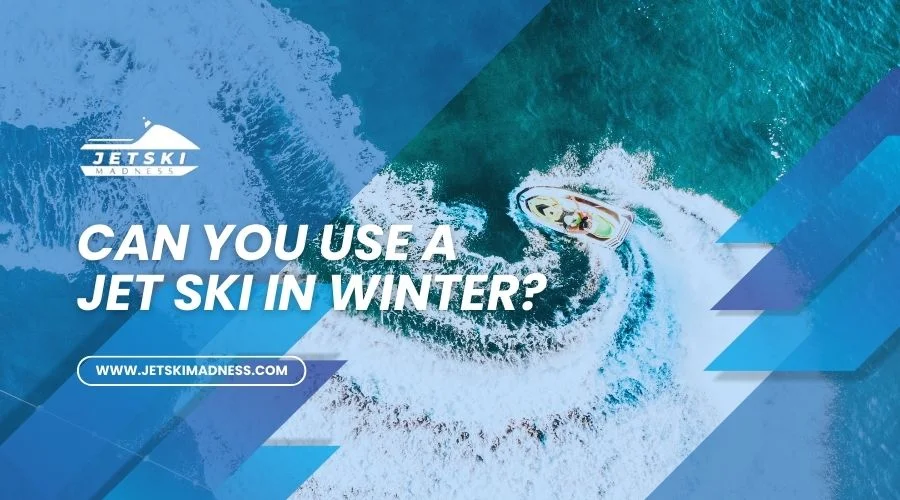Jet skiing is a thrilling and popular water sport enjoyed by many during the warm and sunny months of the year. However, as the seasons change and temperatures drop, the question arises: can you use a jet ski in the winter? While it’s not impossible to ride a jet ski in the colder months, there are several important factors to consider when contemplating winter jet skiing.
For a captivating and informative read about jet skis, dive into the exciting world of Jet Ski Madness. Explore our website for engaging content that takes your jet ski enthusiasm to the next level
1. Cold Water and Hypothermia
One of the most significant concerns when using a jet ski in the winter is the cold water. Even if the air temperature seems bearable, the water temperature can be dangerously low. Prolonged exposure to cold water can lead to hypothermia, which is a life-threatening condition. It’s crucial to understand that water temperatures below 60°F (15°C) can be extremely dangerous for jet skiing.
2. Appropriate Clothing
If you’re determined to jet ski in the winter, wearing the right clothing is essential. Wetsuits designed for cold water can provide some insulation, but it’s recommended to invest in a drysuit, which offers better protection against the cold and water exposure. Additionally, you should wear gloves, a neoprene hood, and insulated footwear to prevent heat loss through extremities.
3. Safety Precautions
Winter jet skiing comes with added safety concerns. Ice formation on the water’s surface, reduced visibility, and unpredictable weather conditions can make it riskier than riding during the summer. Always check weather forecasts, tell someone where you’ll be jet skiing, and ensure your jet ski is in excellent working condition. Familiarize yourself with the specific challenges of winter jet skiing in your area, and follow local regulations.
4. Reduced Boating Traffic
One potential advantage of jet skiing in the winter is the reduced boating traffic. Popular summer destinations may be less crowded, offering a quieter and more serene experience. However, this also means that if you run into trouble, there may be fewer people around to help.
5. Maintenance and Storage
Jet skis are not designed for cold-weather use, so it’s important to take extra precautions to maintain and store your watercraft during the winter. Proper winterization of your jet ski involves draining water from the engine, stabilizing fuel, and protecting it from harsh weather conditions. Failing to winterize your jet ski can lead to costly repairs and damage.
6. Legal and Environmental Considerations
Before you embark on a winter jet skiing adventure, be aware of any local laws and regulations regarding watercraft use during the colder months. Additionally, consider the potential environmental impact of winter jet skiing, as some areas may have restrictions to protect wildlife or water quality.
While it is possible to use a jet ski in the winter, it’s not a decision to be taken lightly. Cold water, the risk of hypothermia, safety concerns, and the need for appropriate gear and maintenance all play a crucial role in determining whether winter jet skiing is a viable option for you. Always prioritize safety, adhere to local regulations, and be aware of the potential risks associated with cold-weather water sports. If you choose to venture out in the winter, be prepared and take the necessary precautions to ensure a safe and enjoyable experience on your jet ski.








